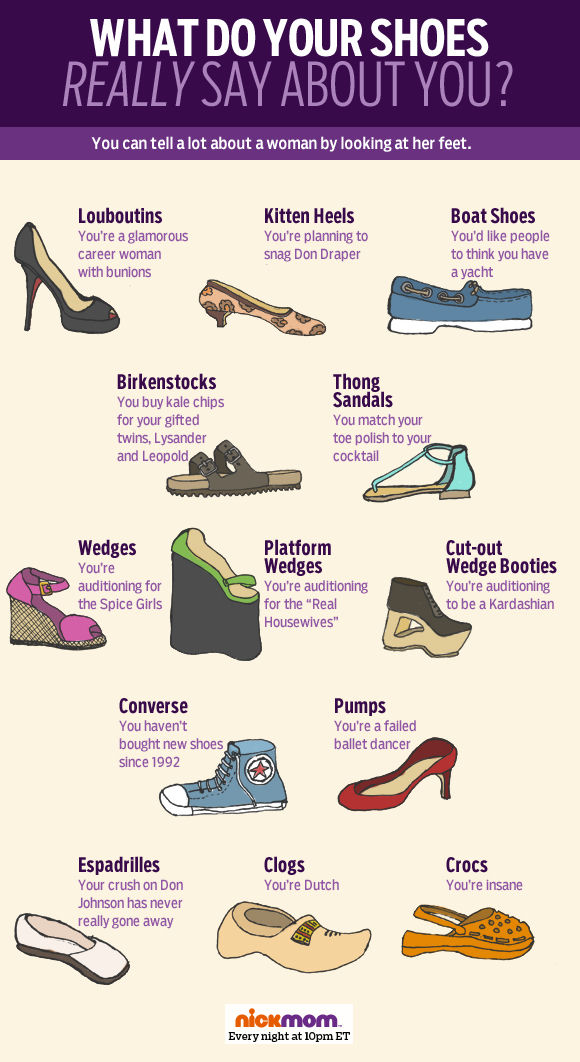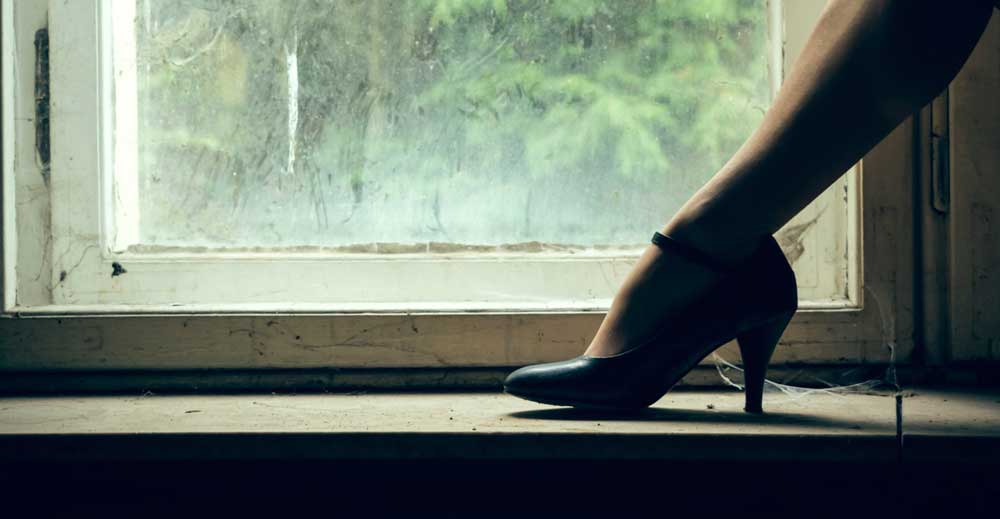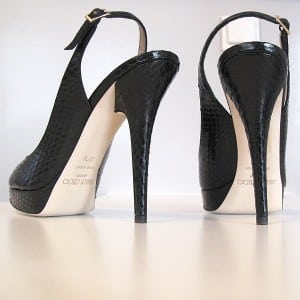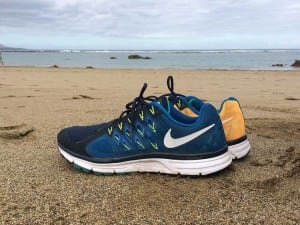With their 2015 exhibition “Shoes: Pleasure and Pain”, the V&A distilled into 4 words the dilemma that shoes represent for so many women.
The exhibition also sparked quite a debate at Zayah World about what shoes are about, what they could be, and what happens when you push the boundaries of footwear design.
We were firmly split down form vs function lines, with each side finding heaps of examples to back up their particular bias. When we brought in others, it became clear the subject of shoes evokes more emotion than almost any other topic we have considered.
The result was far more material than we could fit into the single article we were planning. So instead, this is the start of a series of shoe-related articles, delving deep and wide into this fascinating topic.
We start with a series of designers that take fresh perspectives on what matters most when designing footwear, and as a result each create something truly different.
But first some food for thought on shoes generally. . .
(NB As usual, all opinions in this article are our own, and we receive no payment or other compensation from any of the brands or designers mentioned)
Shoe Design – Form or Function First?
As jewellery designers, we’re concerned first with aesthetic appeal, and then with function. If something’s completely unwearable we might still go ahead as a one-off, but generally it takes some effort to make something completely unusable as jewellery. Women’s footwear seems to be the complete opposite, with even the most conventional designs able to cause misery. Unlike jewellery, footwear is hugely constrained by function. Ideally shoes should be comfortable enough to wear for hours, durable enough to cope with the weight of a body, tough enough to protect delicate skin from the environment and flexible enough to allow movement. But of course, the many surveys on shoes tell us they also need to do much more than that:
86 percent of women own at least one pair of shoes that they’ve never worn
Voucher Codes Pro Survey
4 in 10 women say they judge another female by the shoes she has on
A quarter rarely tell their partner about new ones as “he wouldn’t understand”
GoCompare Survey
A third [of women surveyed] admitted they had worn heels they knew did not fit, simply because they “looked nice”
On average, high heels start to hurt after 1 hour, 6 minutes & 48 seconds, but a fifth started to feel the pinch within just 10 minutes
College of Podiatry
So if you’re a shoe designer, what are you designing for? How do you balance the need for comfort, the desire to look stylish, the ability to convey status and the reflection of our personality all embodied in a pair of coverings for our feet?
These surveys tell us that an average (Western) woman owns between 20 and 40 pairs of shoes. Perhaps the real surprise is that we buy so few?
Familiar Names, Familiar Choices:
Familiar Experience
If we start with the familiar, we very quickly find branded variations on the same set of styles and options. These are of course not necessarily the best, but as with so much else in retail, fashion and marketing, they’re the winners in the battle to part us from our money for footwear. For example:

3 of the most popular shoe designers by sales are Nike, Adidas and Puma. Obviously style and status are crucial, but ultimately these shoes are functional first, with branding, endorsement and marketing doing the rest of the work.
3 of the most sought-after shoe brands by awareness are Gucci, Christian Louboutin and Jimmy Choo. Again, no prizes for knowing function is sacrificed in favour of appearance and status with these.
3 of the most successful non-sports shoe retailers in the UK are Clarks, Arcadia (behind Top Shop, Dorothy Perkins, Wallis etc) and Office. Also in the top 10 are M&S, Next and Schuh. Everyday shoes for everyday life, including evenings out.
The point about all these, and the many we could have named instead, is:
We know roughly what we’re going to get, we know what they stand for, and we know how they persuade us to buy their products.
Some might say that wall to wall celebrities around us mean the expensive, exclusive brands no longer have the same impact as when we first heard of them.
We suspect that for many, buying everyday, affordable shoes has become an everyday, affordable experience.
So the question we’re also interested in is:
Can we get (or get back) more pleasure into the experience of buying and wearing shoes?
Unfamiliar Names, Unfamiliar Perspectives
The shoe designers we’ve chosen to highlight are the ones who seem to have hung onto the sense of doing something special with shoes.
We found they provided the most compelling or extraordinary answers to the question “What are shoes for?”. Their answers ranged from “comfort” to “art”, via “jewellery for the feet” and “innovation”.
We weren’t looking for the most outrageous, or seeking shock value for the sake of standing out. The aim was to find designers with a purpose and personality expressed in their work, people who design to create and inspire rather than to enable mass manufacturing.
We were captivated by all of them for different reasons, and full of admiration for the unique perspective each brought to their craft.
The 7 names we chose range from the shoes women like nurses swear by to cope with a day on their feet to works of art that happen to look like shoes, and 5 other designers we find impressive.
We hope you enjoy, or at least pause for reflection before popping out for your next pair of trainers . . .
NEXT: UNITED NUDE - PUSHING BOUNDARIES




